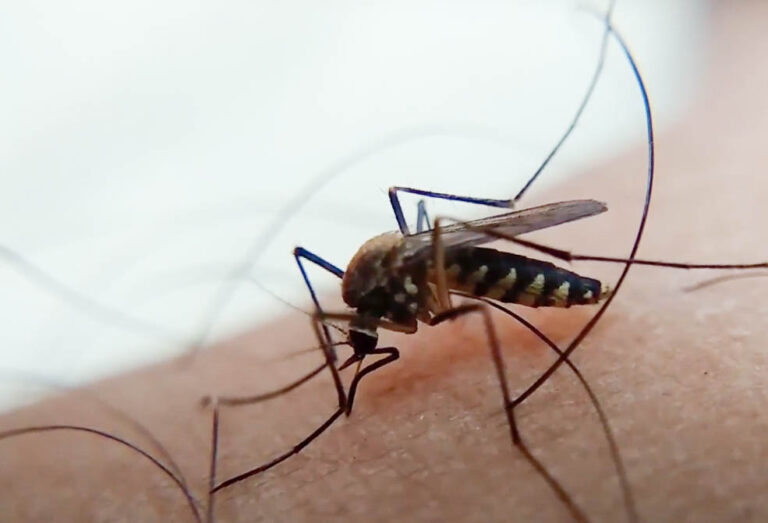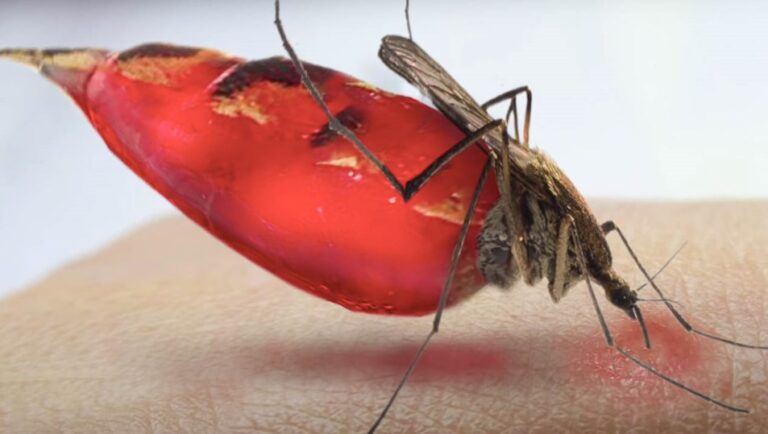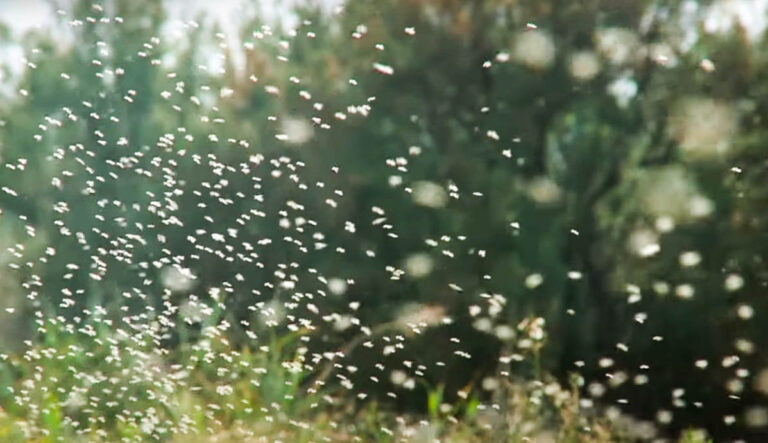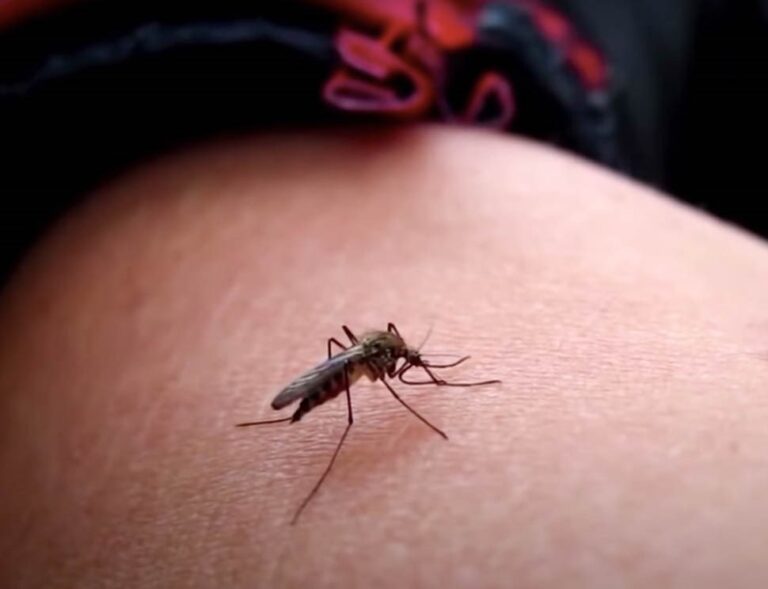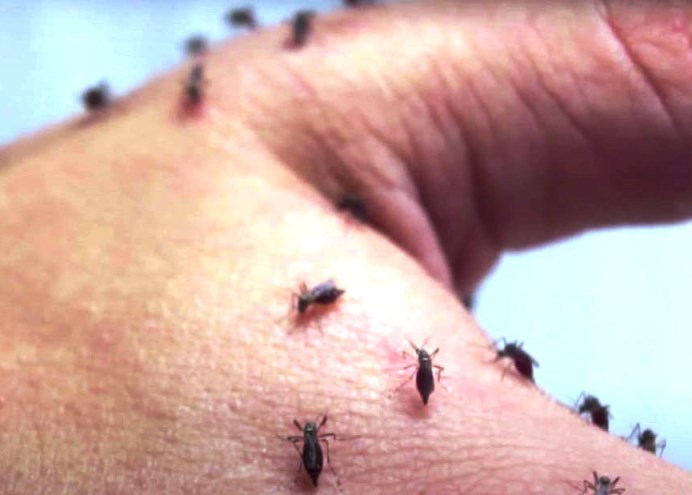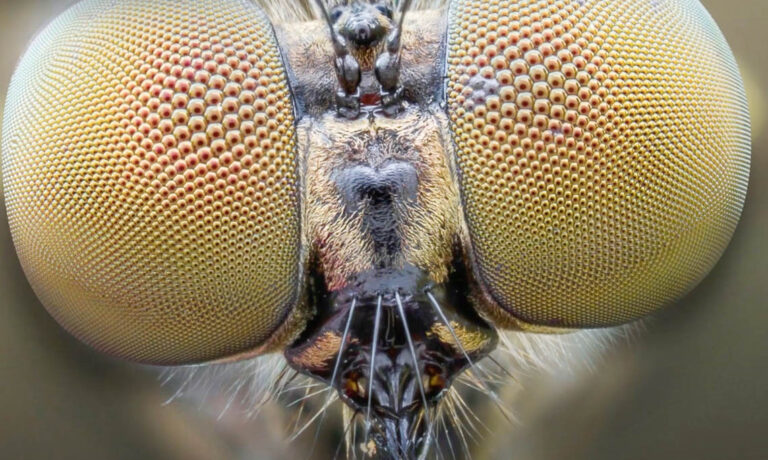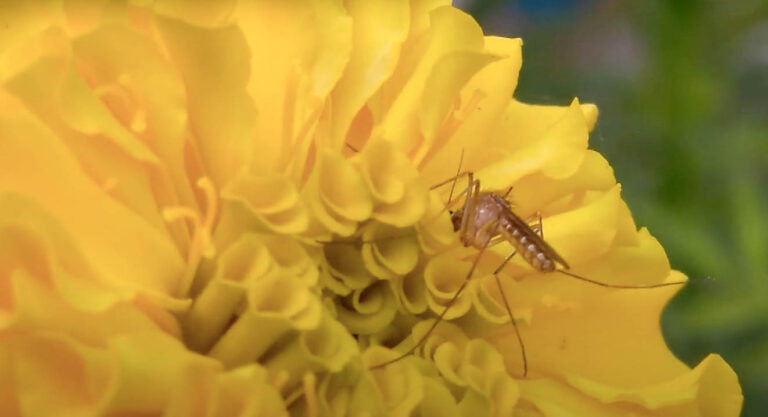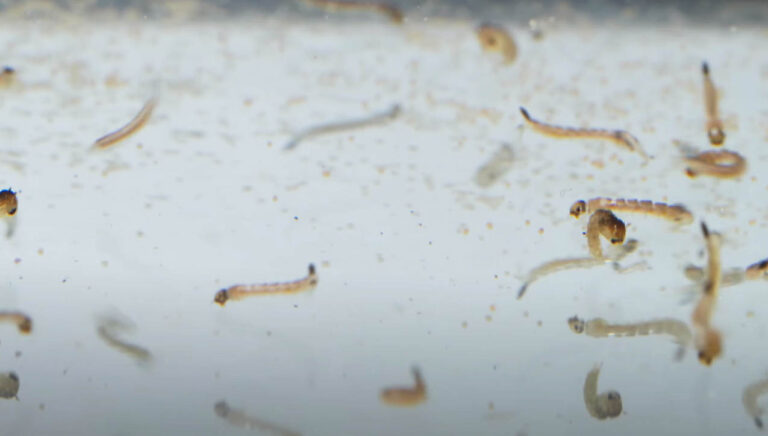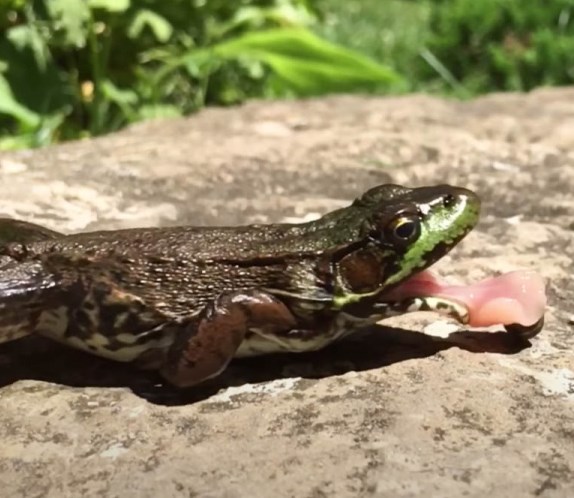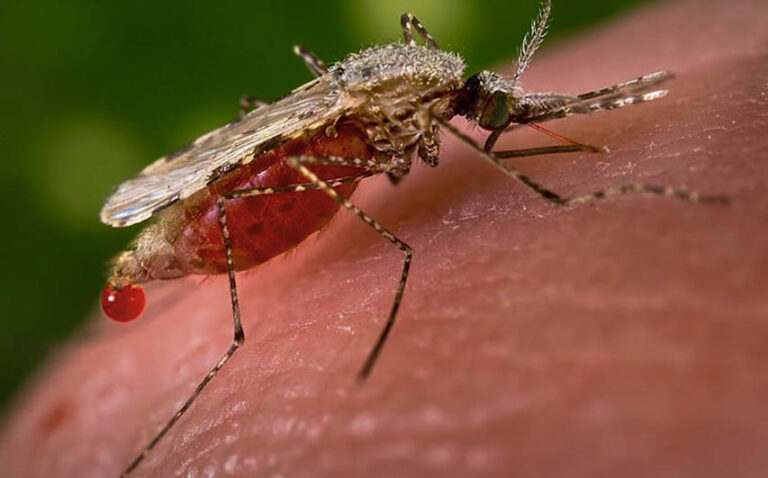About mosquito blood
About mosquito blood
Mosquitoes are blood-sucking deadly insects. They spread deadly diseases when they bite their hosts to take a blood meal. Blood is an important part of the diet of mosquitoes. The female mosquitoes require the protein from blood to reproduce.
Even though they feed on blood, it is not common knowledge whether mosquitoes have blood. In this article, we consider whether mosquitoes have blood as well as the components of mosquito blood.
Do mosquitoes have blood?
Mosquitoes feed on the blood of vertebrates as well as humans. However, their circulatory fluid is not exactly blood. Mosquitoes have a blood-like substance, called hemolymph.
Hemolymph is the circulatory fluid of arthropods, including insects like mosquitoes. This circulatory fluid is made up of pigments, lipids, glycerol, amino acids, ions, and hormones. The major component of hemolymph, however, is water.
The “blood” of mosquitoes is not heavily pigmented. It has a yellowish to whitish color, with the pigments contained in it being from the plant material that the insects feed on. As the circulatory fluid of insects, hemolymph plays similar roles to blood. It is involved in the transport of nutrients and fluids around the body.
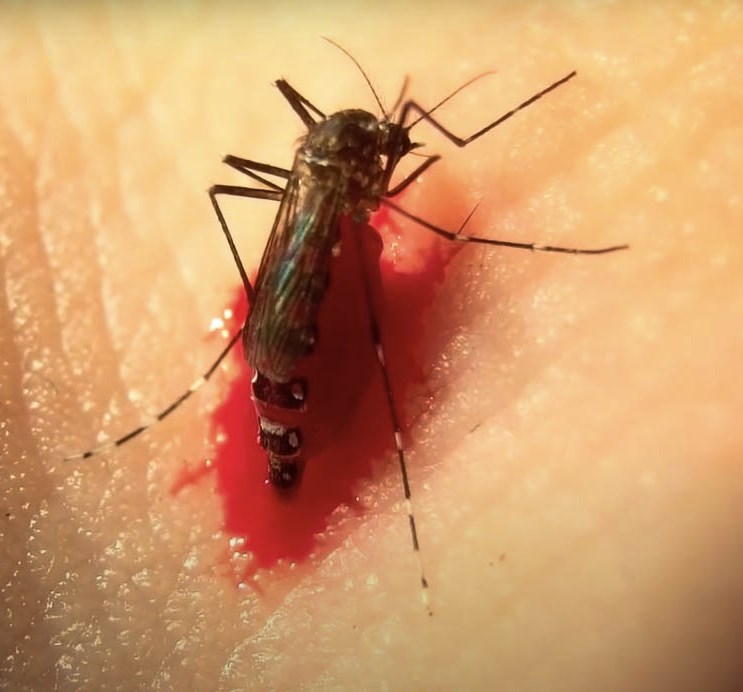
Differences between human blood and mosquito blood
A major difference between human and mosquito blood is the color. Human blood is reddish, because of the hemoglobin that gives it the color. The heavy presence of hemoglobin makes human blood red. On the other hand, hemolymph has a low composition of pigments. As highlighted above, the pigment in hemolymph comes from the plant material which the insects feed on. Hemolymph is thus reddish or whitish.
Humans have a closed circulatory system. In such systems, the blood flows through closed vessels, with an established direction. The opposite is the case in insects, including mosquitoes, which have an open circulatory system. For mosquitoes, the “blood” flows in an open space. The open circulatory system of insects may flow into hemocoels, otherwise known as blood spaces.
Another notable difference between the blood of humans and mosquitoes is that the blood of mosquitoes does not transport oxygen and carbon dioxide. Instead, the tracheal tubes are responsible for the movement of oxygen and carbon dioxide around the body.
Hemolymph and human blood are similar in that they are circulatory fluids. However, human blood could be described as a more complex circulatory fluid than hemolymph.
Mosquitoes require human blood as part of their diet and not any circulatory function. They feed on human blood and the blood of other vertebrates because of the protein content. They require the protein content to produce eggs. While hemolymph is the circulatory fluid of mosquitos, human blood is a dietary constituent. It could be said that mosquitoes require two types of circulatory fluids, hemolymph, and regular human blood.
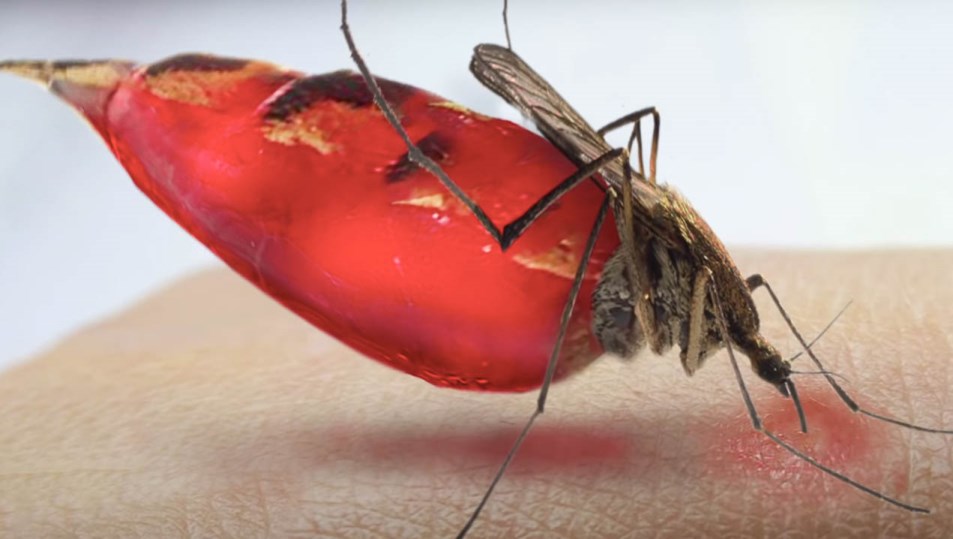
While the hemolymph is for circulatory purposes, the regular blood is for reproductive purposes. It is noteworthy that only the females need the blood of humans and other vertebrates as part of their diets. The males can survive on other dietary substances. The major component of the diet of male mosquitoes is sugar, from sources such as plant material.

